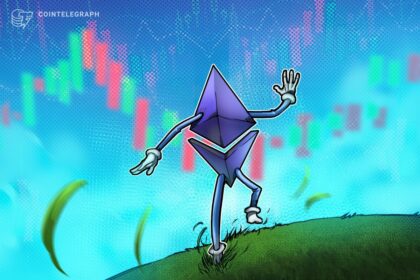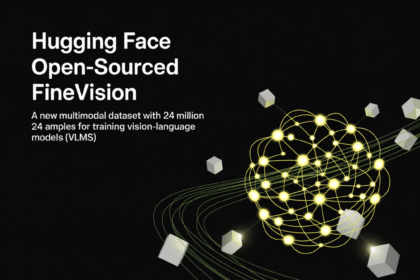You seemed to like the Crypto 101 series we did last week, so we’re back with another quick edition like that today 🥳
(Btw, if you’re new here, we’ve already covered different types of trading, CEXs vs. DEXs, hot vs. cold wallets, and how to notice a coin’s red flags. You can still catch up if you missed them.)
One thing we didn’t talk about, though – and some of you asked for – is dApps.
So, let’s do it right now 👇
|
First off, what are dApps?
dApps, or decentralized applications if we’re talkin’ full government names, are apps that run on a blockchain.
With regular apps, a single company owns the servers, the code, and your data. They can change the rules or shut it down anytime. Instagram, Spotify, Netflix – all work this way.
In dApps, on the other hand, the rules live in smart contracts – bits of code stored on the blockchain.
They run automatically when certain conditions are met, and they’re kept online by thousands of independent computers (nodes) instead of a single company.
There’s no Mark Zuckerberg controlling the whole thing. You connect with a crypto wallet like Zengo, and you keep control of your assets and data.
|
And… what can you do with them?
Anything you can do with a regular app + a lot more that only works in crypto:
-
Trading (like dYdX);
-
Borrowing/lending (like Aave);
-
Gaming (like Axie Infinity);
-
NFTs (like OpenSea);
-
Social (like Farcaster);
-
Etc, etc, etc.
Basically, if there’s a Web2 version of something, someone’s probably building a decentralized Web3 version of it.
And that’s important because it’s where crypto actually does stuff – you can use tools, swap tokens, earn yield, collect NFTs, and join communities.
|
But before you get too hyped, let’s be honest – dApps obviously aren’t perfect:
👉 A lot of them still feel like using early internet – clunky interfaces and confusing terms, which makes them not so beginner-friendly;
👉 You also have to deal with blockchain quirks like gas fees and waiting for transactions to confirm;
👉 Since everything’s decentralized, there’s no customer support to rant to if you mess something up;
👉 Some slow down badly when too many people use them at once;
👉 Smart contract bugs can let hackers drain funds – and there’s no undo button;
👉 Fake or scam dApps can trick you into connecting your wallet and steal your assets;
👉 Oh, and let’s not forget the fact that the legal rules are still unclear: no central authority also means regulators aren’t sure what to do with them, and that uncertainty could become a problem down the line.
Still, if you can get past the bumps, dApps are where crypto starts to feel real.
Just go in with curiosity, caution, and maybe triple-check the URL before you click connect.
|
Now you’re in the know. But think about your friends – they probably have no idea. I wonder who could fix that… 😃🫵 Spread the word and be the hero you know you are! |













